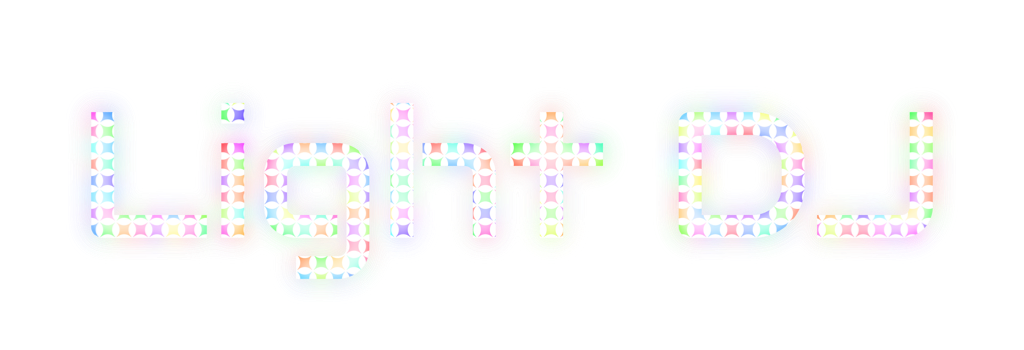Hey there,
Kevin from Light DJ here. It’s been a while since my last post but that’s because I’ve been plugging away at something brand new and I’m finally ready to share it with all of you, but some back story first.
Light DJ blew up a bit during COVID when lots of people where bored at home and streaming concerts were on the rise. I watched a few of those while controlling my lights by hand but couldn't help but wish there were a better way to sync them to the video. After 8 years of developing light apps I understood many of the technical challenges in making that happen and have seen various attempts at a solution:
You can use a Hue Sync box, but then you're limited to HDMI, only Hue products, and only screen mirroring effects.
You can use a Nanoleaf 4D camera, but then you're limited to Nanoleaf and screen mirroring effects.
You can use the Hue Sync TV app, but then you're limited to Hue on certain TVs.
SYFY tried something called SYFY Sync. It was a bit ahead of its time but only worked on certain shows with Hue and has since been decommissioned.
LIFX users are left out in the cold.
So I sought to create a system that could work with any brand of light and that didn't need any extra hardware. TL;DR after 10 months of research and development I'm finally ready share my creation with the world.
I call it LYTVOX (pronounced "light-vocks") and it's an entire light show authoring pipeline that allows content producers to easily create ambient lighting experiences that sync with their video content, and enables streaming media providers to deliver those experiences to users.
You can see a demo here:
Some of the benefits of our solution include:
Fully customizable 4K surround lighting video presentations streamed directly to users.
Creators have full control of the light show authoring process and are not just limited to screen mirroring; they have the ability colorize the entire 3D space frame-by-frame.
It can support any combination of lighting hardware & any number of lights.
Adapts to your room based on light placement for the full surround lighting experience.
tvOS and Google TV apps for accessing content directly from TVs and streaming devices like Apple TV 4K and Chromecast.
iOS and Android mobile apps for broad compatibility, including Airplay and Google Cast support.
Light hardware agnostic - we can support any light that can be controlled on the local network at a certain rate (currently Hue, LIFX, and Nanoleaf).
No additional cameras or boxes needed; runs on devices most users already own.
So how can you help us?
We're currently seeking Early Access beta testers who would like to try our client app and give us feedback. We have over 5 hours of content for you to enjoy and about 30 different types of videos available, including music videos, concerts, anime, ambiences, and more. Beta access is completely free. To access the beta you must have an iOS/tvOS or Android device and supported smart lighting:
Hue (v2 bridge required)
Nanoleaf (all panel types)
LIFX (all devices)
If this sounds like something you're interested in, head over to our website and submit your email address for early access: www.lytvox.com
If you have any thoughts or ideas about what you'd like to see with this service, drop a comment.
What about Light DJ?
Don’t worry - Light DJ is here to stay! And as a bonus, a lot of the work I did preparing LYTVOX for production will flow down the all Light DJ apps for iOS and Android. Some notable improvements include:
All entertainment effects work with LIFX lights
Hue Gradient Strip / Entertainment v2 support
All light brands can be now be mixed freely using entertainment effects
(Legacy Hue lights are still limited)
Nanoleaf panels can be controlled as a positionable light for spatial effects
and more, coming to you via an app update in the not so distant future so stay tuned!

